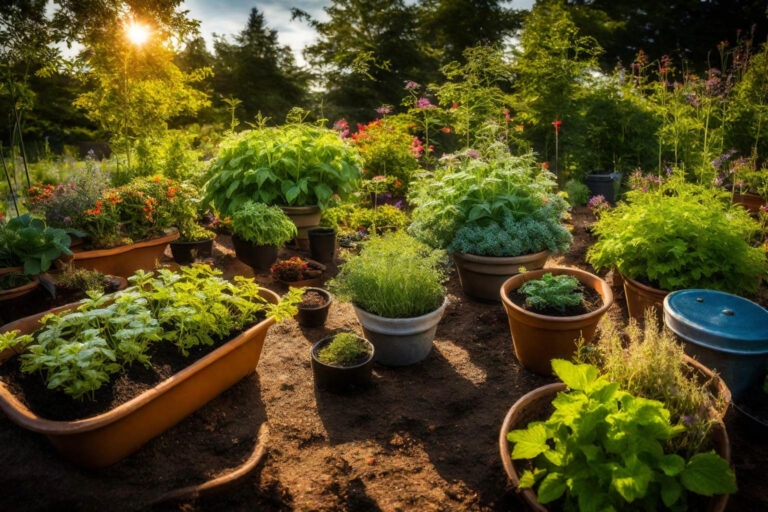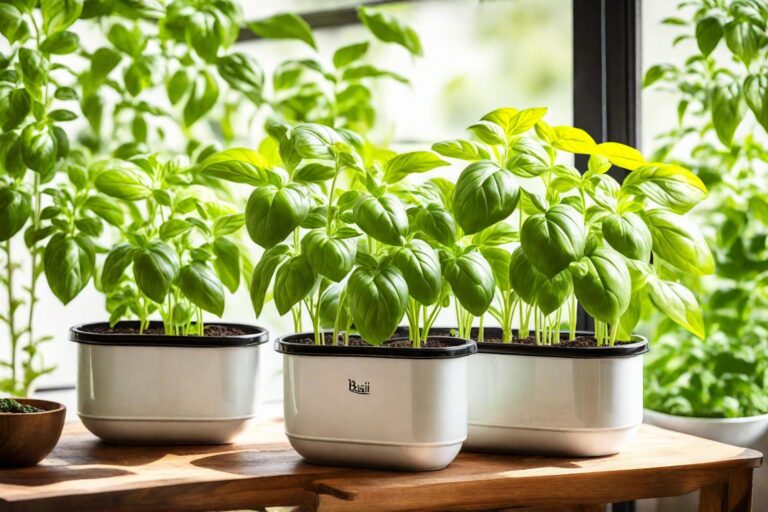How to grow broccoli sprouts | step-by-step guide
“Unlock the secrets of growing nutrient-rich broccoli sprouts at home! Our comprehensive guide covers everything from seed soaking to harvesting, ensuring fresh, flavorful sprouts. Learn the art of growing broccoli sprouts for a vibrant culinary experience and a healthy lifestyle.”
Introduction:
Broccoli sprouts are the vigorous versions of broccoli plants, emerging as tiny shoots shortly after the germination of broccoli seeds. These sprouts are incredibly rich in nutrients and are renowned for their concentrated levels of vitamins, minerals, and antioxidants. They possess a distinctive flavor, slightly peppery yet pleasantly mild, adding a delightful crunch and taste to various dishes.
Nutritional Value and Health Benefits of broccoli sprouts
Broccoli sprouts are nutritional powerhouses, packing a punch in a small package. These tiny greens are loaded with essential vitamins, including vitamin C, vitamin K, and various B vitamins, making them a nutrient-dense addition to your diet. They also contain minerals like potassium, iron, and calcium, contributing to overall health and well-being.
One of the most notable features of broccoli sprouts is their high concentration of sulforaphane, a potent antioxidant linked to numerous health benefits. Studies suggest that sulforaphane may support cellular health, aid in detoxification processes, and promote a healthy inflammatory response in the body.
Comparison with Mature Broccoli
While mature broccoli is widely recognized for its nutritional value, broccoli sprouts take the spotlight when it comes to certain nutrients. Research indicates that these sprouts contain significantly higher levels of glucoraphanin, the precursor to sulforaphane, than mature broccoli heads. This means that per ounce, broccoli sprouts offer a more concentrated dose of this beneficial compound.
List of Materials Required
- Broccoli Seeds:
- Opt for high-quality organic broccoli seeds to ensure the best possible sprouting results.
- Sprouting Tray or Jar:
- Choose a suitable container with proper drainage to facilitate the sprouting process. A jar with a mesh or sprouting lid works well.
- Quality Soil or Growing Medium:
- Select nutrient-rich soil or a designated growing medium suitable for sprouting seeds. This provides a healthy environment for the seeds to germinate.
- Watering Can or Spray Bottle:
- Maintain proper moisture levels with a watering can or spray bottle. Consistent, gentle watering is key to successful sprouting.
- Sunlight or Grow Lights:
- Ensure adequate exposure to light for the growing sprouts. Natural sunlight or artificial grow lights are both effective.
Step-by-Step Growing Guide
Soaking and Preparing the Seeds
- Benefit of Soaking:
- Soaking the broccoli seeds initiates the germination process by activating enzymes within the seed. This process breaks down enzyme inhibitors, making nutrients more accessible for the growing sprouts.
- Rinsing and Draining Technique:
- Thoroughly rinsing the seeds post-soaking helps remove any remaining inhibitors and residue. Draining them well ensures optimal moisture levels for germination without waterlogging.
Choosing the Right Container and Soil
- Container Considerations:
- Select a container that allows proper aeration and drainage to prevent the accumulation of excess moisture, which could lead to mold growth. Adequate airflow is crucial for healthy sprouting.
- Importance of Quality Soil:
- Opt for soil or a growing medium rich in organic matter and nutrients. This provides essential elements for robust sprout development and supports their nutritional content.
Watering and Light Requirements
- Watering Precision:
- While maintaining consistent moisture is essential, avoid overwatering. A gentle, consistent spray ensures even distribution without disturbing the seeds or sprouts.
- Light’s Role in Growth:
- Light is crucial for photosynthesis and the development of vibrant green leaves in sprouts. Providing ample but indirect sunlight or suitable artificial grow lights aids healthy growth.
Monitoring Growth Stages
- Signs of Healthy Growth:
- Throughout the growth stages, observe the sprouts for uniform growth and vibrant green coloration. Uniform growth indicates an ideal environment, while a vibrant color signals active photosynthesis and nutrient accumulation.
- Adjusting Care as Needed:
- Continuously monitor moisture levels and light exposure. Adjust watering frequency or relocate the container if needed to maintain an optimal environment for thriving sprouts.
Addressing Potential Problems
- Mold or Fungal Growth:
- If mold appears, it’s crucial to act promptly. Reduce moisture by adjusting watering frequency or improving airflow. Remove affected sprouts and ensure proper drainage to prevent recurrence.
- Overgrowth or Clumping:
- Sprouts can sometimes clump together, hindering airflow and leading to mold. Gently separate them using clean hands or utensils to encourage even growth and prevent moisture retention.
Tips for Maintaining Healthy Sprouts
- Proper Ventilation:
- Ensure adequate airflow around the sprouts. Gentle circulation helps prevent excess moisture buildup, reducing the risk of mold or bacterial growth.
- Consistent Moisture Levels:
- Maintain balanced moisture by watering lightly and regularly. Avoid allowing the soil to dry out completely or becoming excessively wet.
- Sanitary Practices:
- Cleanliness is crucial. Use clean containers, tools, and hands when handling sprouts to minimize the risk of contamination.
- Observation and Adjustment:
- Regularly inspect the sprouts for any signs of issues. Adjust watering, light exposure, or positioning as needed to create an optimal environment for healthy growth.
Indicators of Sprout Readiness
- Leaf Unfurling:
- When the first set of leaves begins to unfurl, it’s a clear sign that the sprouts are reaching maturity. This stage indicates optimal nutrient concentration and flavor development.
- Vibrant Green Color:
- Look for a vibrant green color in the leaves. This signals active chlorophyll production through photosynthesis, ensuring maximum nutritional content.
Proper Harvesting Techniques
- Use Clean Scissors:
- Harvest the sprouts using clean, sanitized scissors. This prevents contamination and ensures a precise, gentle cut without causing damage to the remaining sprouts.
- Harvest from the Base:
- Trim the sprouts at the base where they meet the soil or growing medium. This encourages continuous growth and allows you to harvest without disturbing the overall plant.
Storage Tips for Freshness
- Refrigeration in Sealed Container:
- Store harvested sprouts in a sealed container in the refrigerator. This helps maintain freshness and prevents them from wilting.
- Avoid Freezing:
- While freezing is an option, it can alter the texture of the sprouts. Fresh is best, so if possible, consume them within a few days for optimal taste and nutritional value.
- Rinse Before Storage:
- Rinse the sprouts before storing them to remove any residual soil. Ensure they are thoroughly dry before placing them in a sealed container to prevent excess moisture.
- Regular Consumption:
- For the freshest taste and maximum nutritional benefit, aim to consume the harvested broccoli sprouts within a week. This ensures you enjoy them at their peak.
Important Considerations for Consumption
- Thorough Washing Before Consumption:
- Prior to consumption, thoroughly rinse the harvested sprouts under clean, running water. This helps remove any lingering dirt or contaminants.
- Consume Fresh and Within Limits:
- Enjoy the sprouts fresh to ensure optimal taste and nutrition. Consume them within a few days of harvesting for the best experience.
- Sensitive Individuals:
- Individuals with compromised immune systems, pregnant women, young children, or the elderly should consider cooking sprouts lightly to reduce the risk of foodborne illness.
Conclusion
Growing broccoli sprouts at home isn’t just a simple gardening endeavor; it’s a journey towards enhancing your culinary experiences and promoting your well-being. These tiny greens, brimming with concentrated nutrients and vibrant flavors, offer a plethora of benefits beyond their size.
By nurturing broccoli sprouts in your kitchen, you not only ensure a fresh and direct supply of these nutritional powerhouses but also establish a connection with your food that extends from seed to plate. Witnessing their growth stages and harvesting them at their peak readiness adds a rewarding dimension to your culinary journey.
“Discover the art of growing nutrient-packed broccoli sprouts at home. Unveil the step-by-step guide, from seed to harvest, ensuring freshness and optimal nutrition. Embrace a flavorful journey of culinary delight while reaping the health benefits of these tiny greens.



